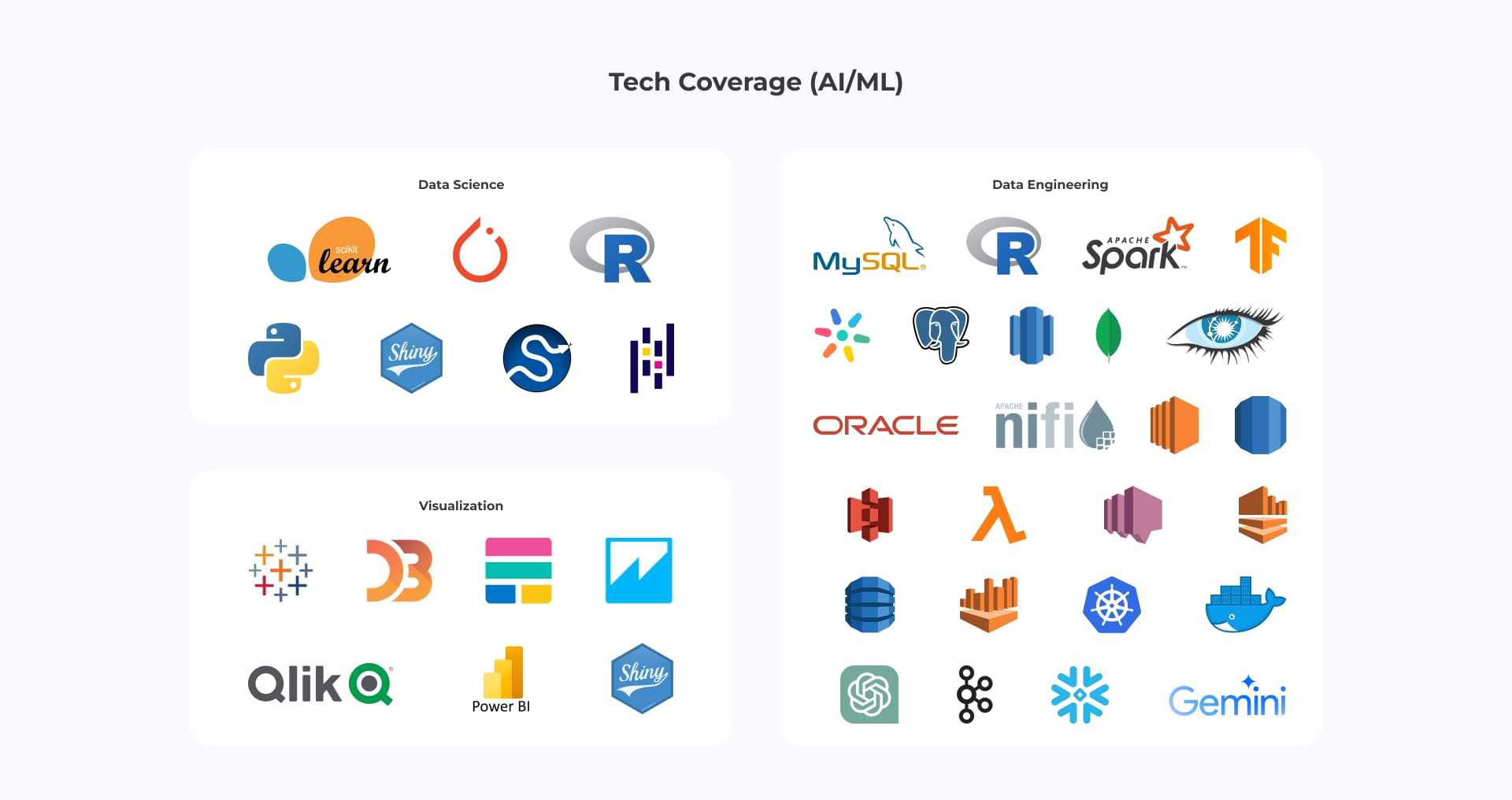The Rise of AI Teacher’s Substantiated Learning at Scale
The integration of fake bits of knowledge( AI) into instruction is unnaturally reshaping the instruction geology. At the van of this metamorphosis are AI teachers, intelligent systems designed to give substantiated instruction and support to scholars. These AI teachers influence advanced algorithms and machine literacy to acclimatize to individual literacy styles, paces, and strengths, offering a truly customised educational experience.
Let’s connect
Book a meeting
AI teachers dissect pupil performance data to identify knowledge gaps and knitter instruction consequently. Whether it’s mathematics, wisdom, or language trades, these intelligent systems can break down complex generalities into manageable ways, furnishing clear explanations and exemplifications. This substantiated approach ensures that scholars admit the support they need, when they need it, fostering deeper understanding and better academic issues.
Classroom AI Enhancing Tutoring and Learning
Past AI instructors, classroom AI is too making noteworthy strides in revolutionizing instruction. AI- powered tools are being stationed to help preceptors in colorful aspects of classroom operation and instruction. From automated grading and feedback to intelligent assignment planning, classroom AI frees up preceptors’ time, allowing them to concentrate on what truly matters pupil engagement and development.
also, classroom AI can enhance pupil collaboration and commerce. AI- powered platforms grease group systems, give real- time feedback, and indeed moderate online conversations. This fosters a dynamic and inclusive literacy terrain where scholars can learn from each other and develop essential 21st- century chops.
The Future of Education AI Tutors and Classroom AI Working Together
The community between AI teachers and classroom AI holds immense eventuality for transubstantiating education. By combining substantiated instruction with intelligent classroom operation, preceptors can produce a truly pupil- centered literacy terrain. AI teachers give targeted support outside the classroom, while classroom AI optimizes the in- person literacy experience.
As AI technology continues to advance, we can anticipate to see indeed more sophisticated AI teachers and classroom AI tools arising. These inventions won’t only ameliorate pupil issues but also empower preceptors to come more effective facilitators of literacy.
Specific exemplifications of AI Tools in Education
One prominent illustration of an AI instructor is Carnegie Learning’s” MATHia,” which offers substantiated calculation instruction to scholars. MATHia adapts to each pupil’s literacy pace and provides real- time feedback, helping them master fine generalities. Another illustration is” Coursera’s AI for Everyone,” which uses AI to recommend courses and knitter the literacy experience to individual requirements.
In terms of classroom AI, platforms like” Gradescope” use AI to help with grading and furnishing feedback on pupil assignments. This tool can handle a wide range of subjects and question types, making the grading process more effective and harmonious.” Knewton” is another AI- driven platform that offers adaptive literacy coffers to epitomize instructive substance and optimize mentoring methodologies.
Implicit Challenges and Considerations
While the benefits of AI in education are substantial, there are also implicit challenges and considerations to address. One major concern is data sequestration and security. The use of AI requires the collection and analysis of vast quantities of pupil data, raising questions about how this data is stored, who has access to it, and how it’s used. icing that pupil data is defended and used immorally is pivotal.
Another challenge is the digital peak. Not all scholars have equal access to the technology demanded to profit from AI- powered educational tools. This difference can complicate being inequalities in education. sweats must be made to insure that all scholars, anyhow of their socioeconomic background, have access to these transformative technologies.
also, there’s the question of schoolteacher places and professional development. As AI takes on more educational and executive tasks, the part of preceptors will inescapably change.preceptors will require progressing preparing and bolster to successfully coordinated AI into their mentoring hones and to acclimatize to their advancing places in the classroom.
Conclusion
The integration of AI in education is steering in a new period of substantiated and engaging literacy gests . By using AI teachers and classroom AI, we can produce a future where every pupil has the occasion to reach their full eventuality. These technologies, when used courteously and immorally, can revise education by furnishing customized support, enhancing tutoring practices, and fostering inclusive and dynamic literacy surroundings.
As we move forward, it’ll be essential to address the challenges and considerations associated with AI in education. icing data sequestration, bridging the digital peak, and supporting preceptors in their evolving places are critical way toward maximizing the benefits of AI for all scholars. The future of education is bright with AI, and with careful perpetration, we can transfigure literacy for the better.
Global success stories
Here are some related content that highlight our capability in delivering AI solutions that save costs as well as boost productivity.
Manufacturing 4.0:



